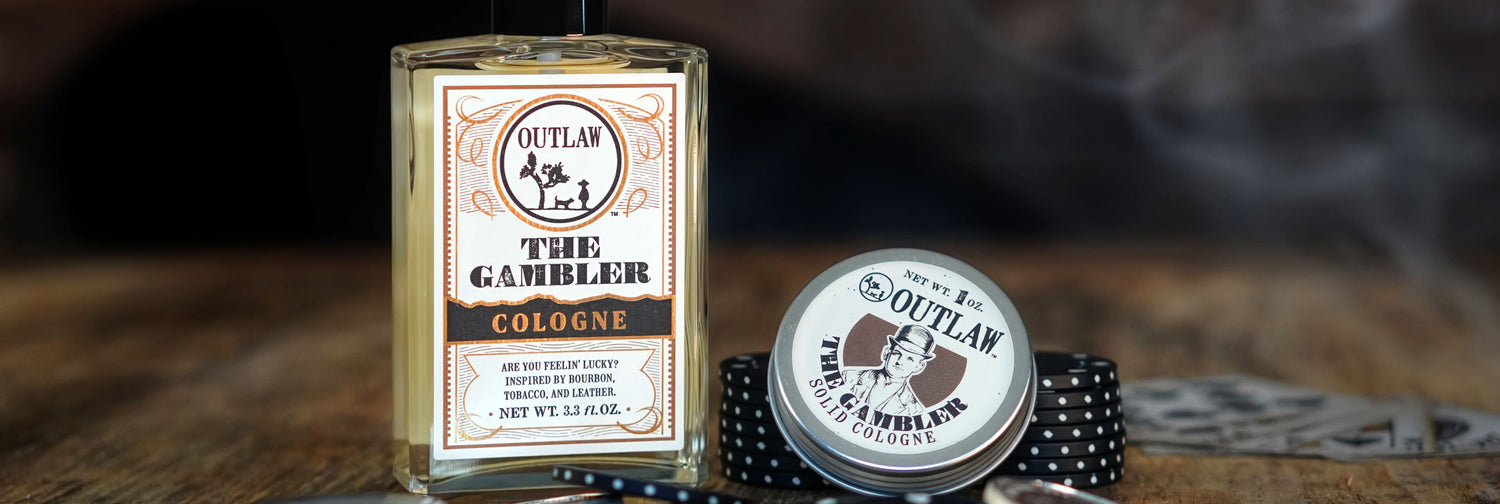What does bourbon cologne smell like?
Whether you like your bourbon neat or on the rocks, that rugged and rousing scent is the essence of what makes bourbon cologne so appealing.
But what does bourbon smell like?
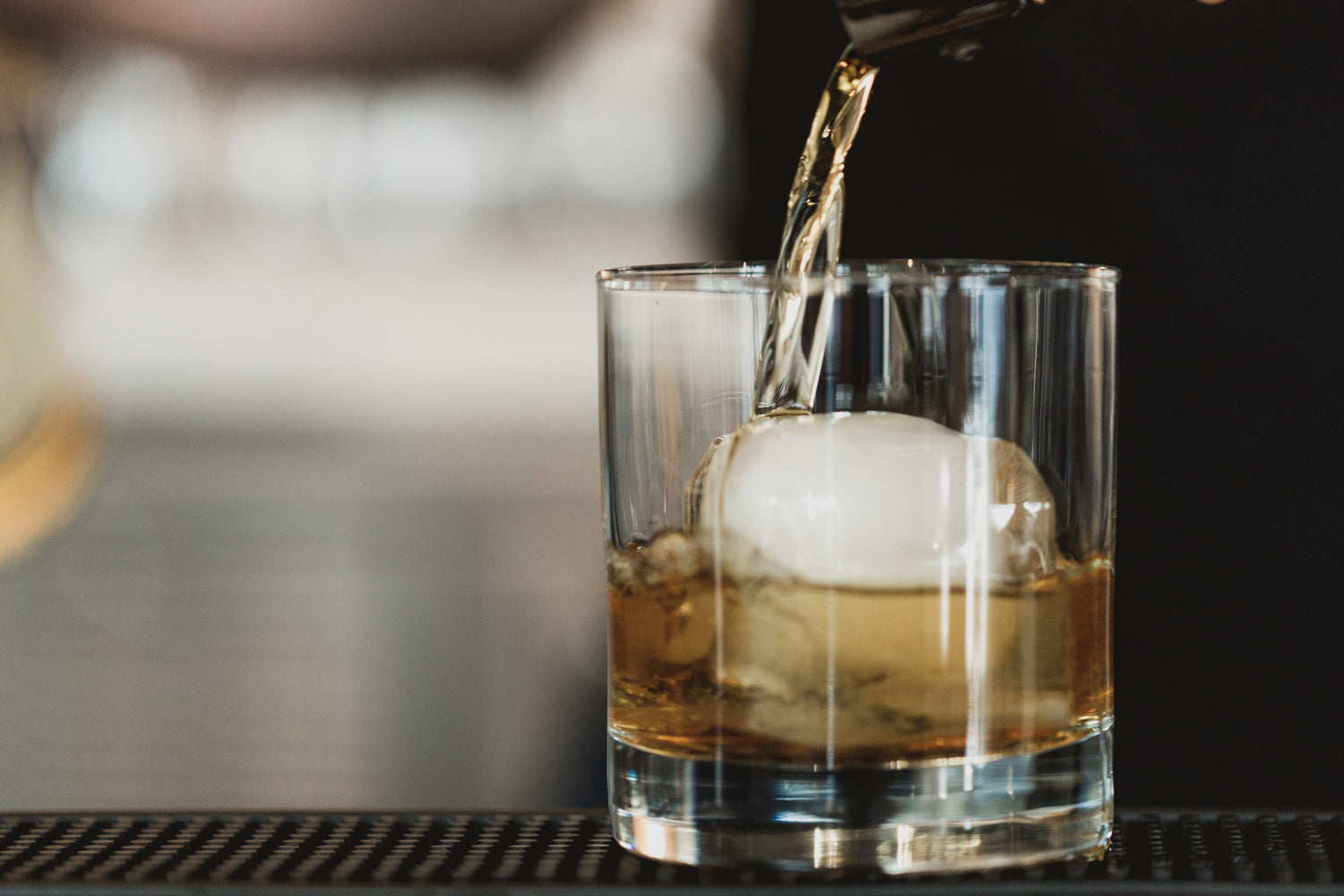

What does bourbon smell like?
Before taking the first sip, swirl your glass and take a whiff.
While every bourbon is unique, the scent often encompasses sweet and soothing butterscotch, caramel, or vanilla, a spiciness akin to black pepper, clove or tobacco leaf, citrus or fresh apple, with a subtle floral like rose and a smokiness reminiscent of a wooden pipe.
This perfect blend of the seemingly contrary creates the deliciously heady scent of bourbon. It is unmistakably exhilarating, mysterious, and yet comfortingly familiar.
What makes bourbon smell so good? To unravel this mystery, let us look at what bourbon is, how it came about, and how it is made.
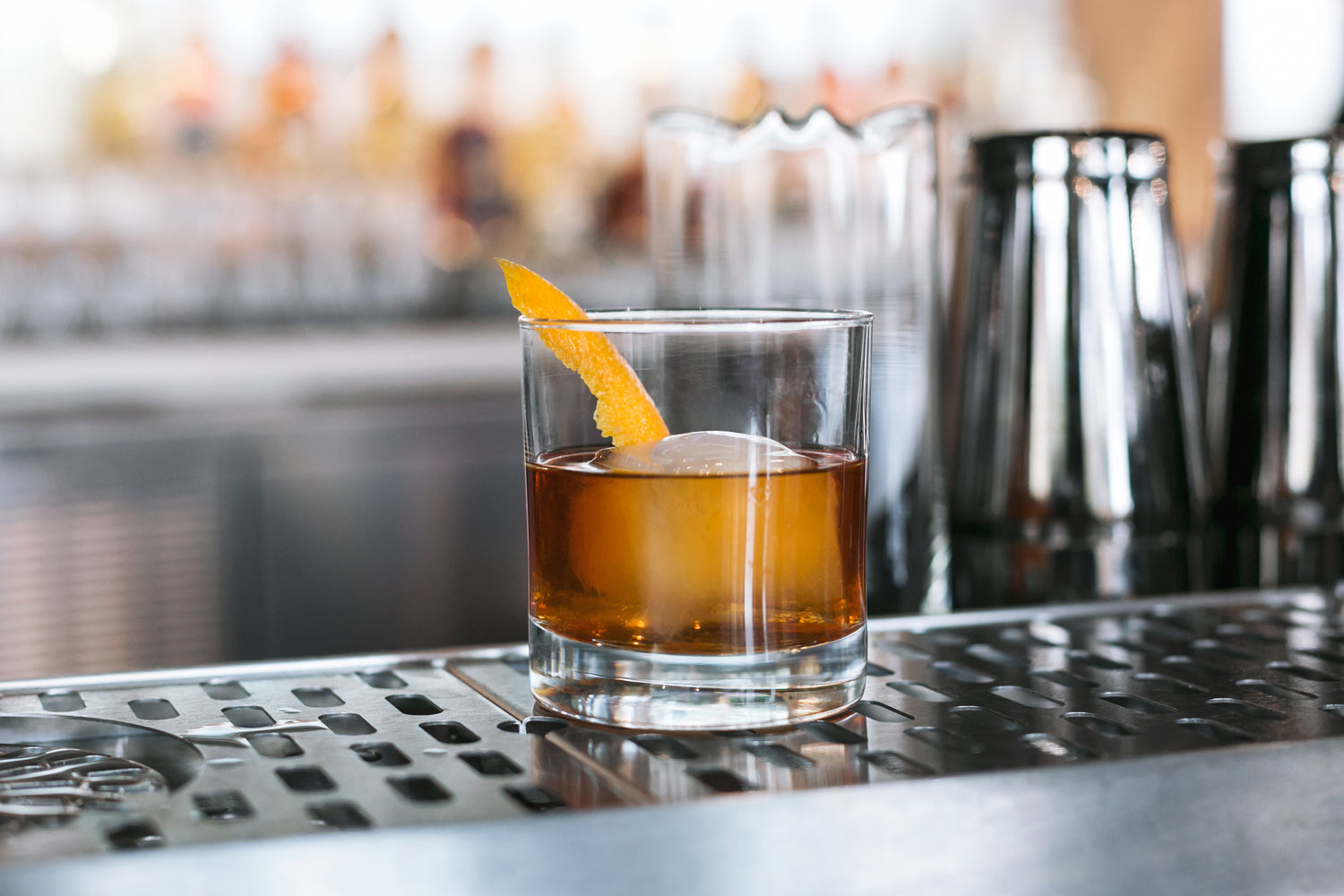
What is bourbon?
Bourbon is as American as apple pie (and it would go down well with it too). Created in America in the late 18th century, bourbon is a barrel-aged and distilled type of whiskey made primarily of corn.
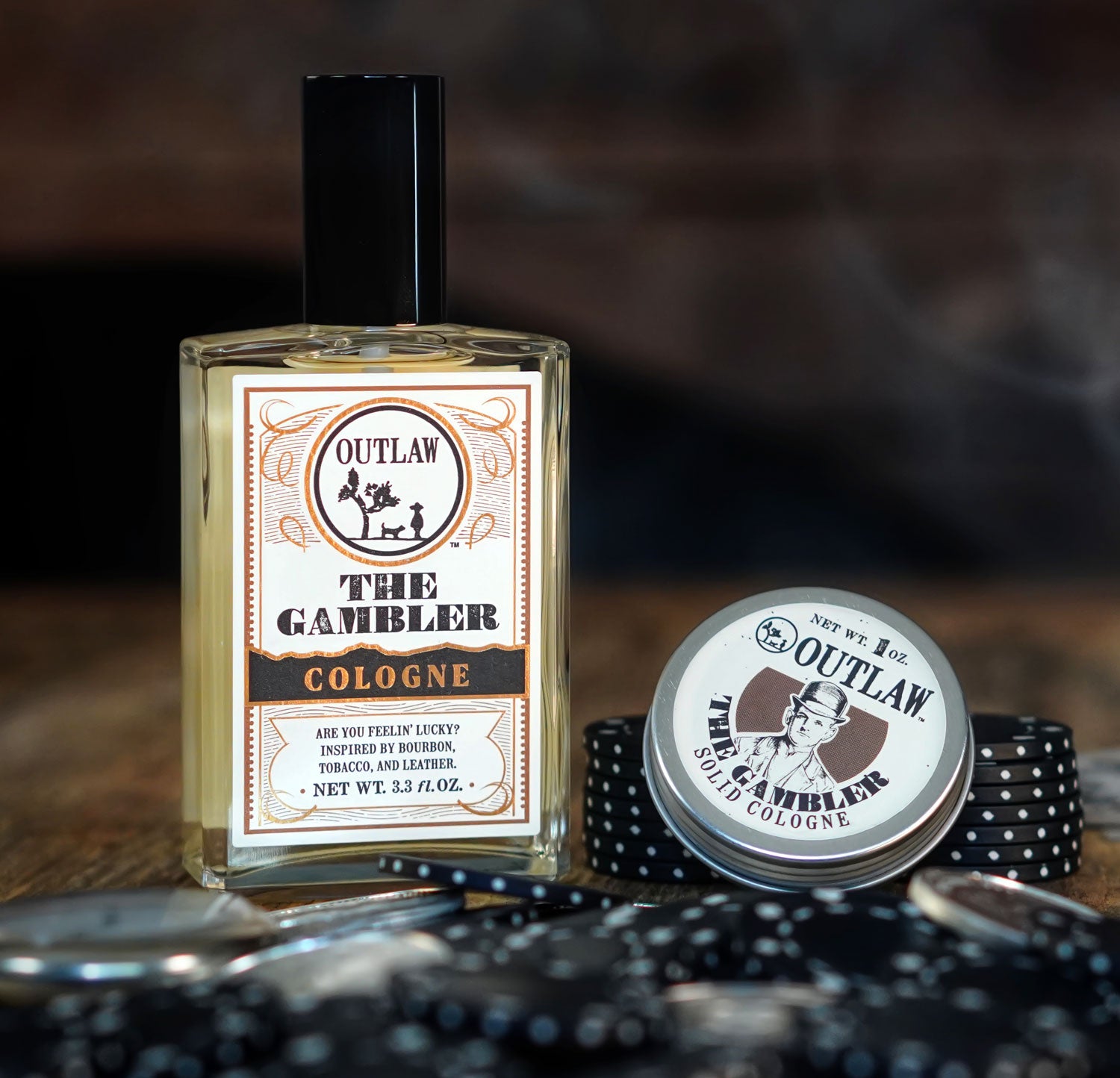

What scents pair well with bourbon cologne?
Our natural bourbon cologne - The Gambler - pairs good bourbon with old tobacco and a hint of leather. The combination creates a smooth cologne to help you feel cool, calm, and in control, even when the strikes are high.
You can bet on a sure thing with this long-lasting, natural, and all-American cologne that eliminates unwanted odors. Also available as a The Gambler bourbon solid cologne, luck will always be on your side when you partner up with The Gambler.
But you don’t have to take our word for it - check out the Outlaws’ reviews.
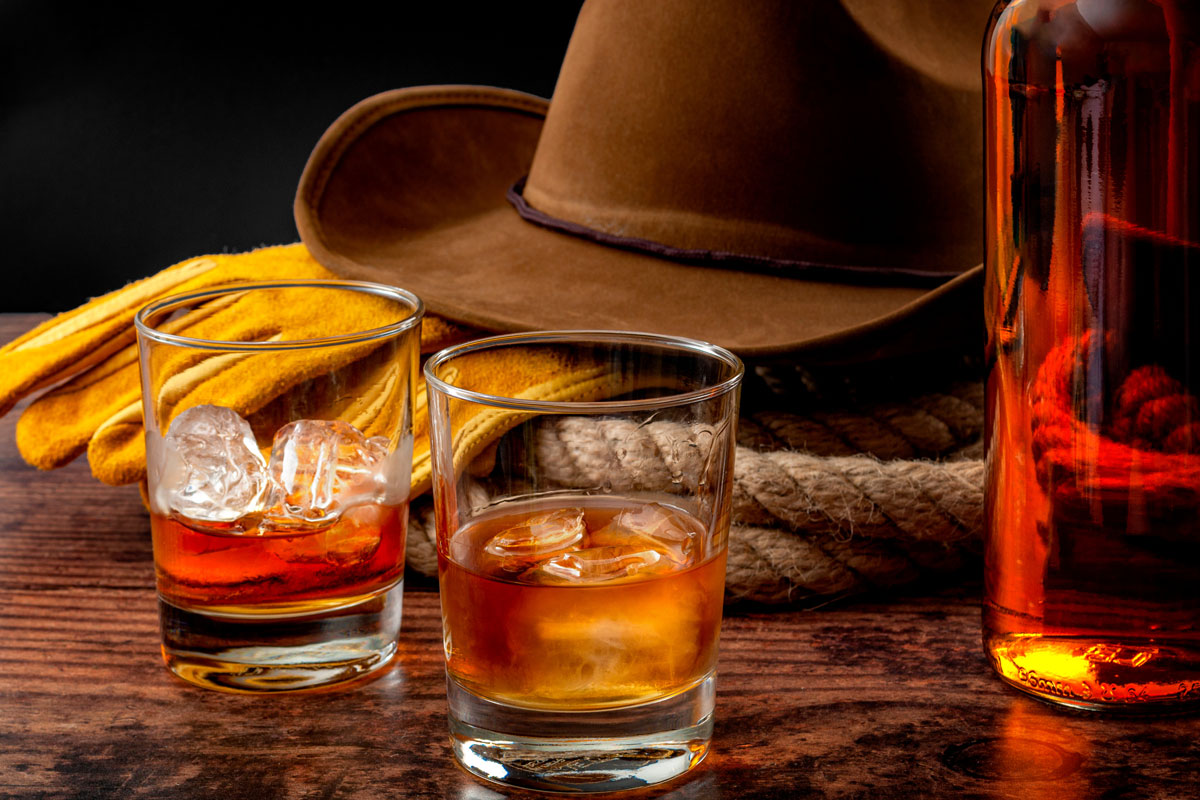
The history of bourbon
Ask around in any Southern bar and someone is likely to have a story about an ancestor who was pivotal in the creation of bourbon.
No one knows for sure who invented bourbon. What is known is that the centuries-old practice of making whiskey was brought to the South in the late 18th century by European settlers, particularly the Scottish and the Irish. The distillation process evolved and by the late 19th century distillers had created bourbon as we know and love it today.
A bourbon by any other name...
Where did bourbon's name come from? This is another mystery. Historian Michael Veach believes the liquor to be named after Bourbon Street in New Orleans which was a major port where shipments of Kentucky whiskey were sold.
The name may also have come from the area known as "Old Bourbon." This region included much of today's Eastern Kentucky, including Bourbon County in Kentucky.
Old Bourbon was one of the first counties American pioneers founded after the American Revolution. It was named after the French Bourbon dynasty, a royal family that ruled France in the 16th century, to honor France’s support during the revolutionary war.
By the early 19 century, the vast county had been divided into many smaller ones, but many still referred to the region as ‘Old Bourbon.’ The first whiskey made primarily from corn, which grew abundantly in this region, was shipped from the Ohio River, Maysville, Kentucky, and had “Old Bourbon” stenciled on the barrels.
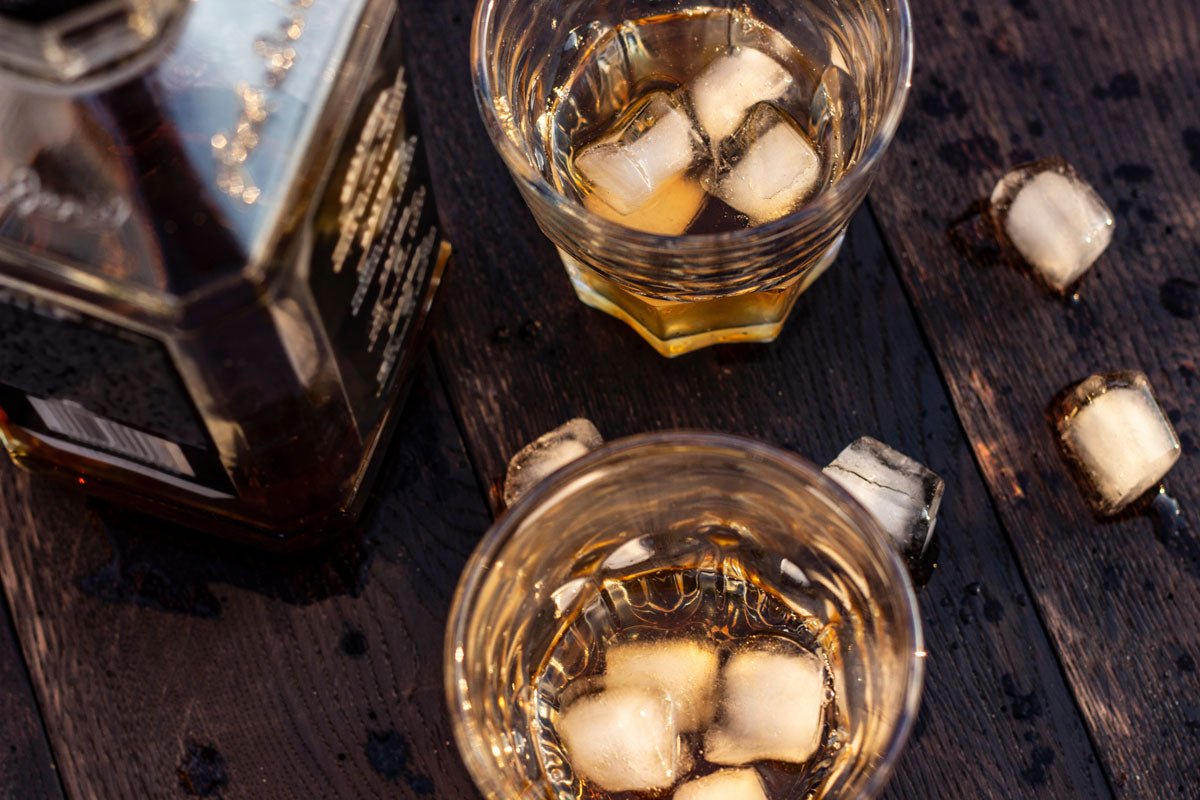

The French Method
The French influence on bourbon went beyond the name. Kentucky distillers were more than likely inspired by French distillers who aged brandy and cognac in oak barrels charred inside. In the 1800s Kentucky distillers started using this distinctively French method to add a warm amber color and sweet caramel, vanilla, and smoky oak flavors to their whiskeys.
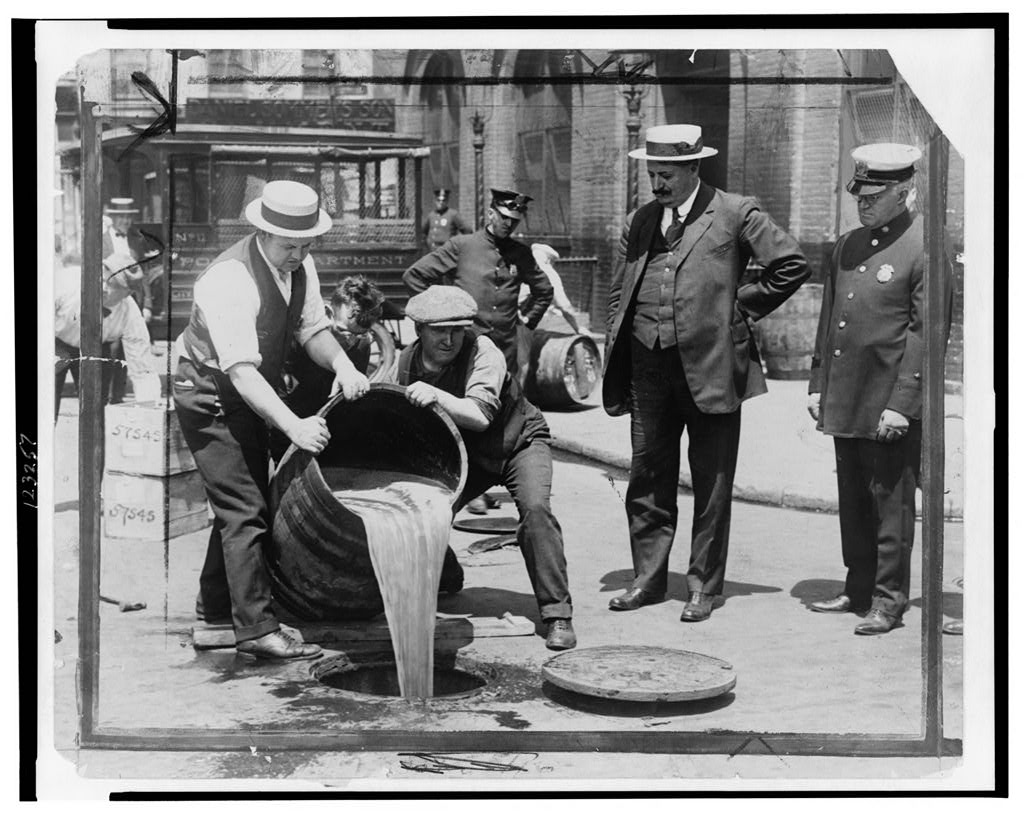

Prohibition!
The growing bourbon industry hit a major snag when Prohibition forced distilleries to stop operating. Only a few were granted permits to bottle existing stocks for medicinal purposes. The passing of the National Prohibition Act in 1919 devastated distilleries and many related industries. Unsurprisingly, it was followed by the Great Depression. There was a brief period of hope after prohibition was abolished, but it was short-lived as the United States entered World War II. Distilleries were forced to produce 190-proof industrial alcohol for use in ammunition and antifreeze.
Fortunately, nothing that good can stay down forever!
The economic recovery after the war ushered in a golden age of bourbon in the 1950s. In 1964 the United States Congress officially recognized bourbon as a 'distinctive product of the United States' and since then bourbon sold in the US had to be produced locally.
How is bourbon made?
Every bourbon distillery has its recipes, but to legally be considered a bourbon in the states, they must include a minimum of 51% corn and must be aged in new charred oak barrels.
The other ingredients include cereal grains, like buckwheat, rye, or barley, Kentucky water, and cherished strains of yeast that are often over 100 years old.
The process of making bourbon is an intricate and exacting one. Here are the steps for making bourbon simplified:
1. Make the mash - Distillers start by grinding together corn and several other cereal grains to make a thick mash, known as the mash bill.
2. Combine and heat - The mash bill is then blended with Kentucky water in a large tank and heated. The limestone-packed Kentucky water is considered one of the most critical ingredients. Many distillers outside of Kentucky have tried and failed to replicate the flavor of Kentucky Bourbon because they don’t have Kentucky’s wonderous hard water.
3. Add the yeast – After the mash bill has cool, the yeast is added. Every distillery in Kentucky and Tennessee has patented yeast strains. Some have survived in cooled rooms since 1919.
4. Ferment – The mixture is stored in a vat and allowed to ferment for a few days. During the fermentation process, compounds break down. The mixture bubbles as carbon dioxide gas are released. It turns the grain sugars into alcohol. At this point, distillers add more yeast and sour mash (leftover mash from a previous distillation). Once the fermented mix is complete, it is strained. The strained liquid, also called distillers' beer is used to make the bourbon.
5. Distill - The next step is to distill it by boiling the distillers' beer twice, collecting the vapor as it recondenses into a clear liquid pure liquid that distillers call the white dog, a colorless liquid with an eye-watering high alcohol content of 130 proof.
6. Age – The alcohol is tested for quality. Once approved, the liquid is stored in new charred white oak barrels to age for at least two years. The longer the bourbon is aged, the sweeter the oaky flavor will be as the charred layers of oak help caramelize the sugars. Premium bourbons are stored in barrels for five to 12 years.
7. Dilute and bottle - When the barrel is eventually uncorked, the now mahogany-colored bourbon is funneled into a trough along with other the bourbon from other barrels. The alcohol level is still too high, so after airing, the distillers will dilute the bourbon with filtered water to lower it to 90 proof before bottling and stamping each bottle with a seal of authenticity.
And now you're ready to open your own distillery! (results not guaranteed)
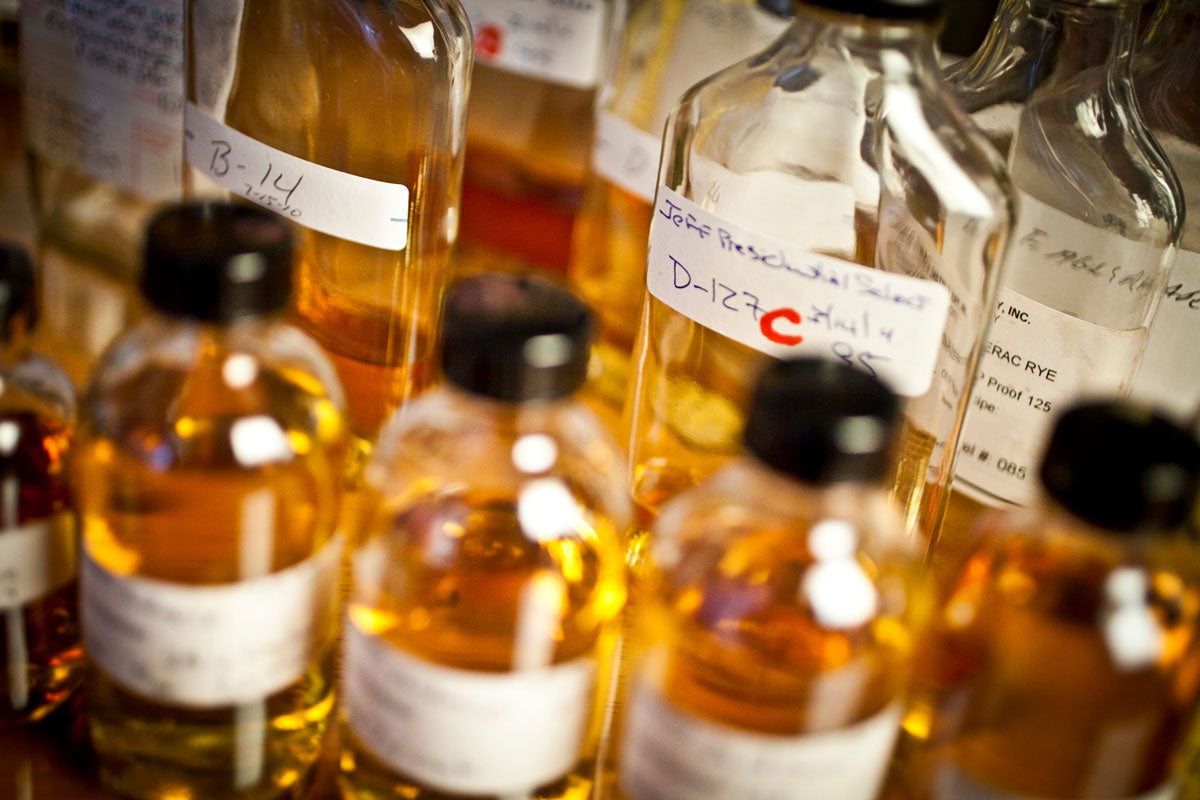

What is the difference between whiskey, rye, and bourbon?
Along with rye and Tennessee whiskey, bourbon falls within the American whiskey category. Pour them, line them up, and it'll be hard to tell them apart just by looking at them. So, what makes them different?
Rye vs. bourbon
While bourbon tends to have a sweet, full-bodied taste, rye whiskey is known for its dry and spicy flavor profile. This is because it contains 51 – 100 percent rye, a grain that is a member of the wheat family. In contrast, bourbon is made primarily with corn.
Whiskey vs. bourbon
While bourbon is made predominately from corn and aged in new charred oak barrels, whiskey can be made from any grain and aged in any type of wood barrel.
As for Tennessee whiskey, the production is similar to bourbon, but after distillation, the whiskey is filtered through sugar maple charcoal.
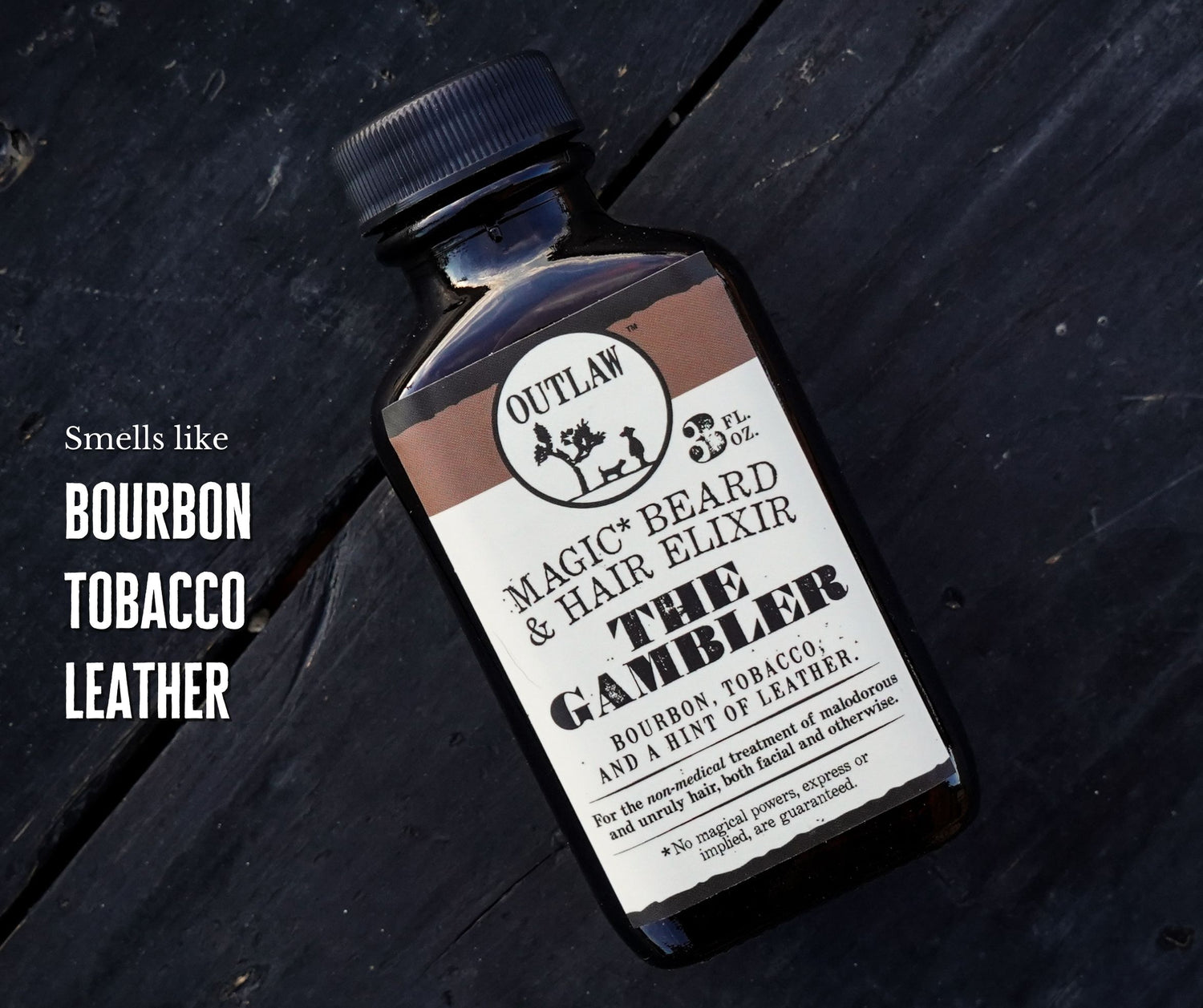

The Perfect Bourbon Lovers' Gifts
You can rest up and stop searchin’ and sweatin’ the perfect gift for bourbon-loving outlaws and in-laws, with the pick of Outlaw subscription options and The Luck of The Draw: The Gambler Gift Set, which includes 2 bars of Hair of the Dog Handmade Whiskey Soap or 1 bottle of Gambler Whiskey Natural Body Wash (you pick), a Gambler Whiskey Lotion, a Gambler Whiskey Solid Cologne and a Gambler Air Freshener.
If you love the scent of bourbon, raise your glass and get ready to deal in with The Gambler.
